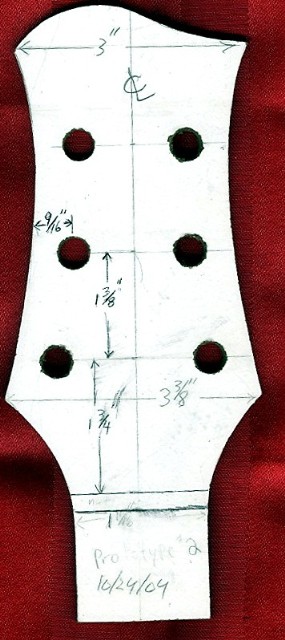Something thats not been mentioned yet, is that (in theory) a larger headstock will increase the sustain of your guitar, by making a heaver anchor point at the nut end. I'm testing this myself with my CHS headstock, I have built 3 SJ's now, two with a standard martin style headstock and now this newest one with the larger heaver headstock, I'm hopping I get a little more sustain. Ill let ya know






 wildlife, mountainscape aginst a full moon, Schroom Lake (our 9 mile long lake) Not sure what to put on it yet. But it will had a red spruce (Addy) top! Maybe walnut tonewood
wildlife, mountainscape aginst a full moon, Schroom Lake (our 9 mile long lake) Not sure what to put on it yet. But it will had a red spruce (Addy) top! Maybe walnut tonewood